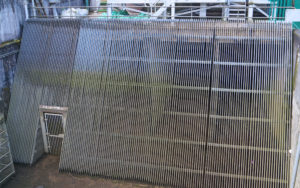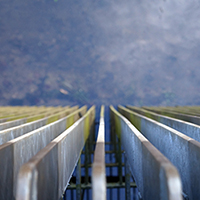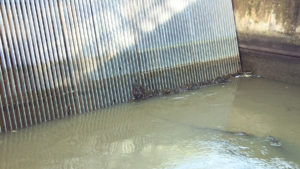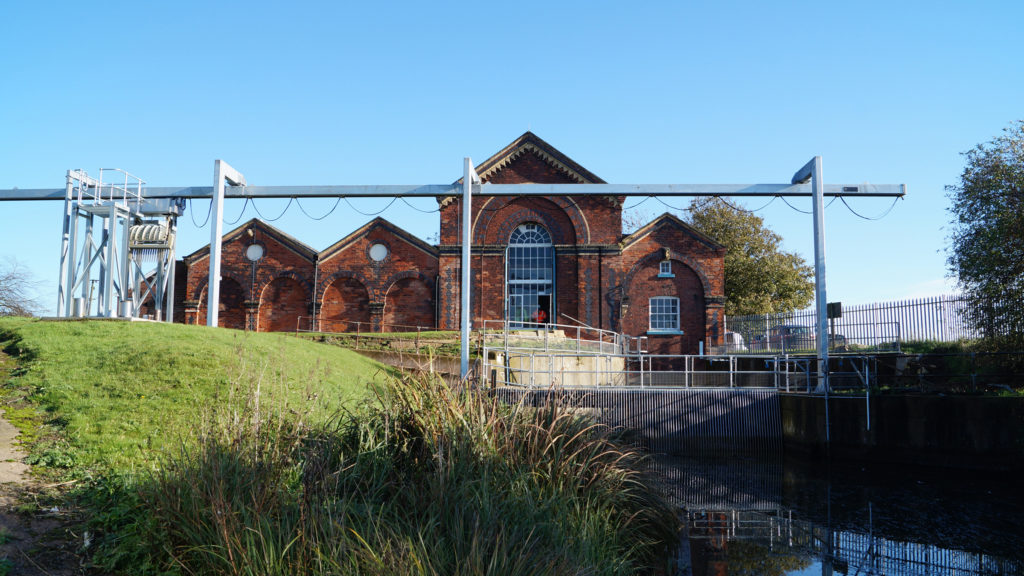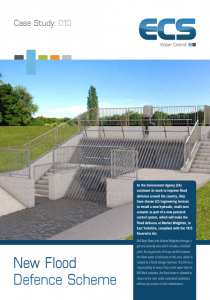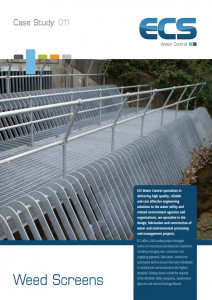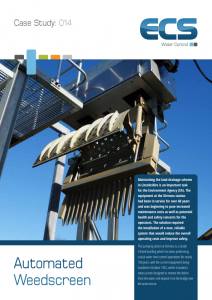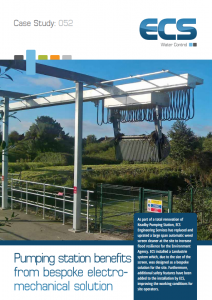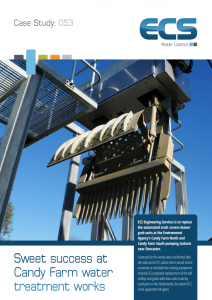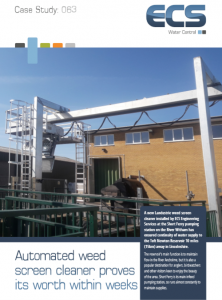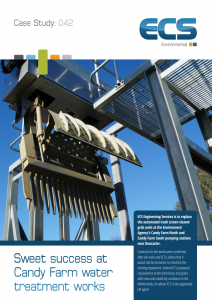Maintaining water flow through culverts and pumping stations is essential to efficient water management. Trash screens and the equipment designed to keep them clear of debris perform a vital role in flood prevention.
ECS has considerable experience in designing, fabricating and installing complete trash screen solutions including automated clearance systems and the integration of the associated controls with the existing equipment.
For information about specifying Weed and Trash Screen, please find our article here.

